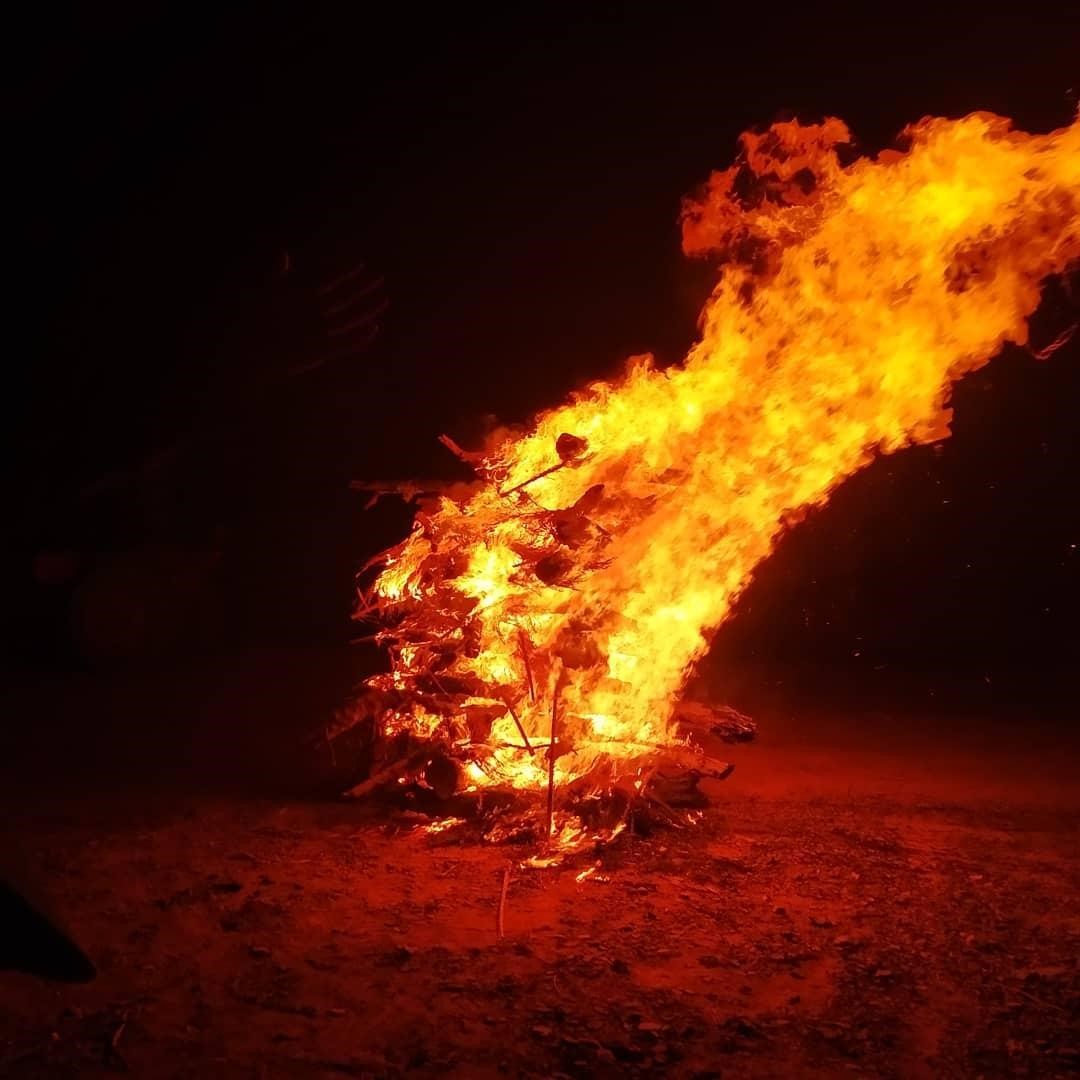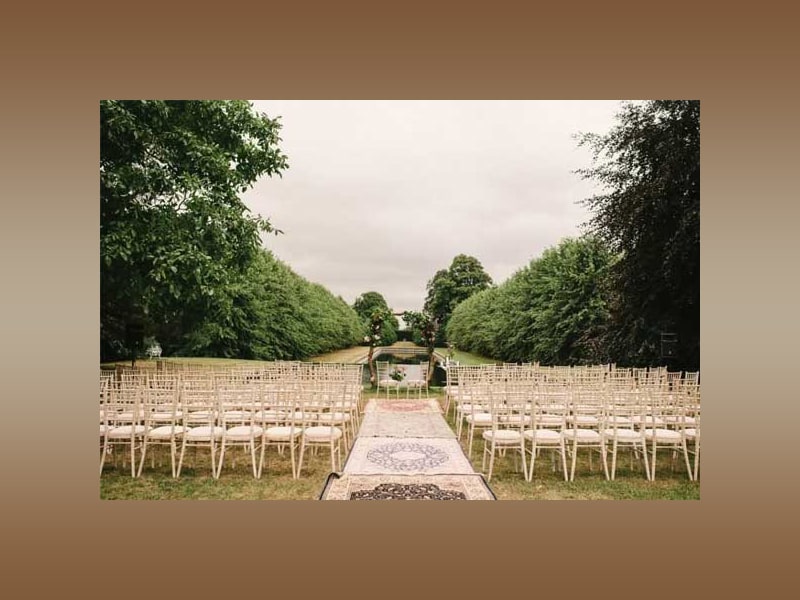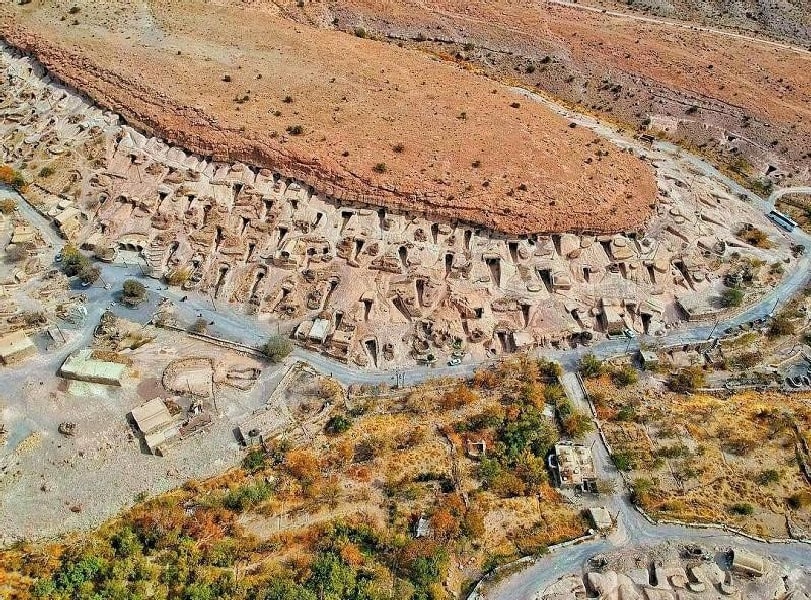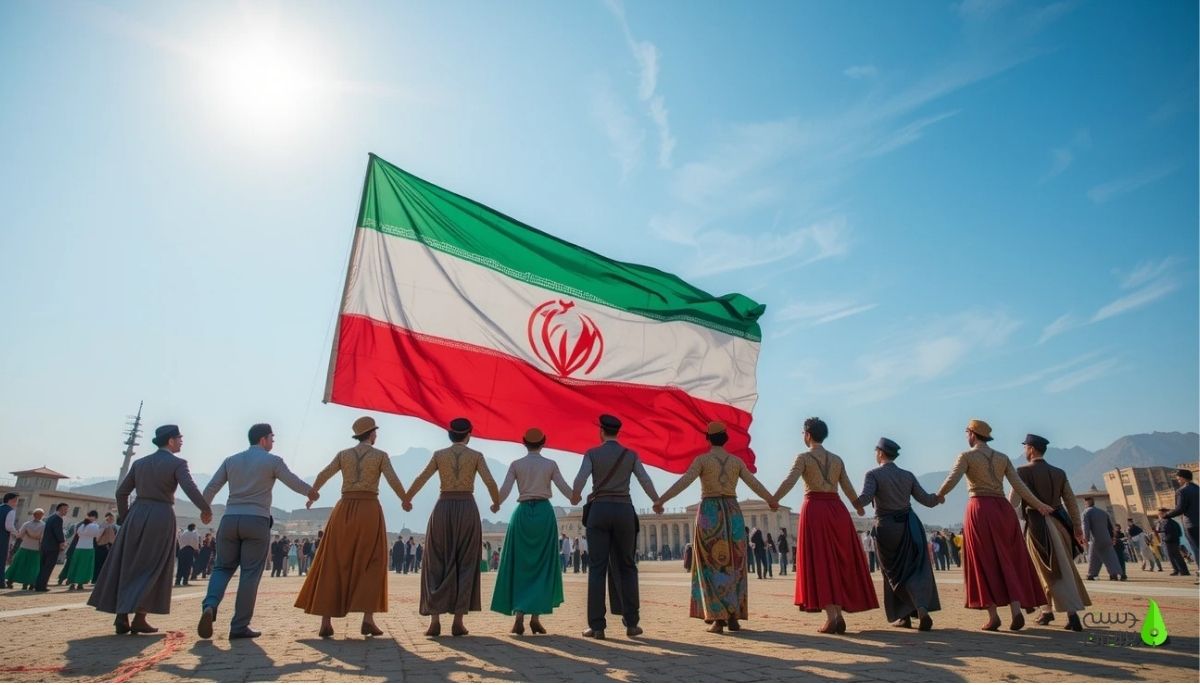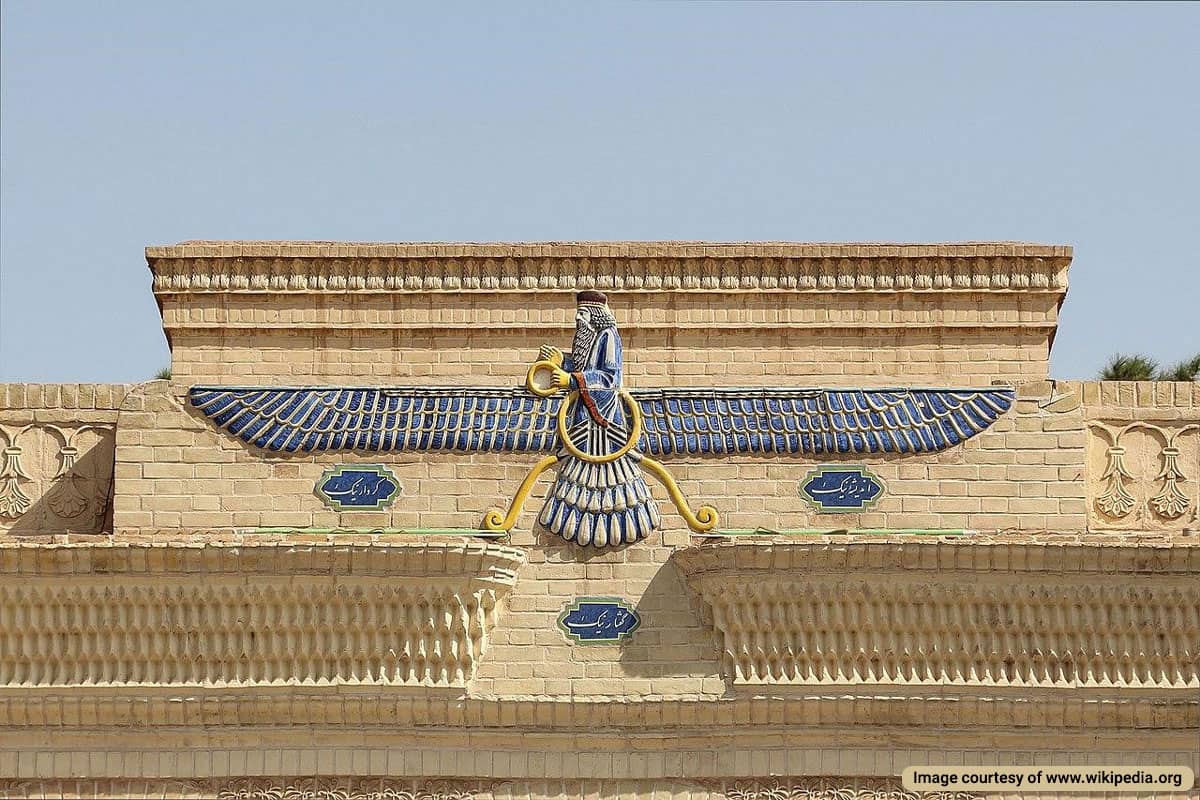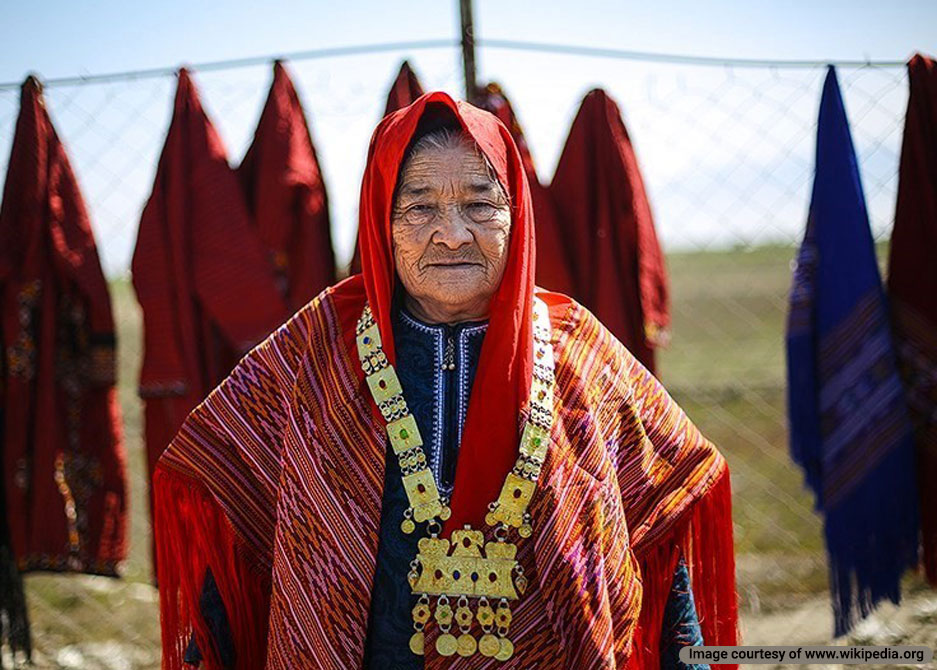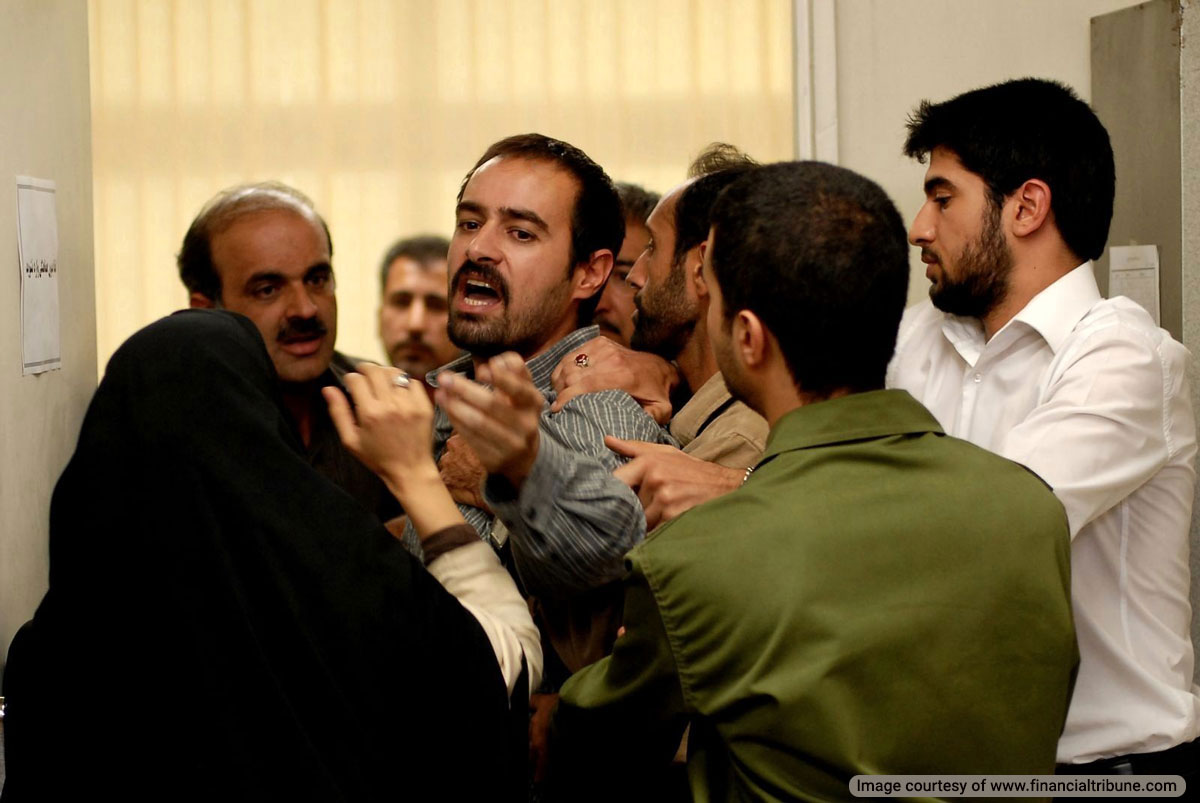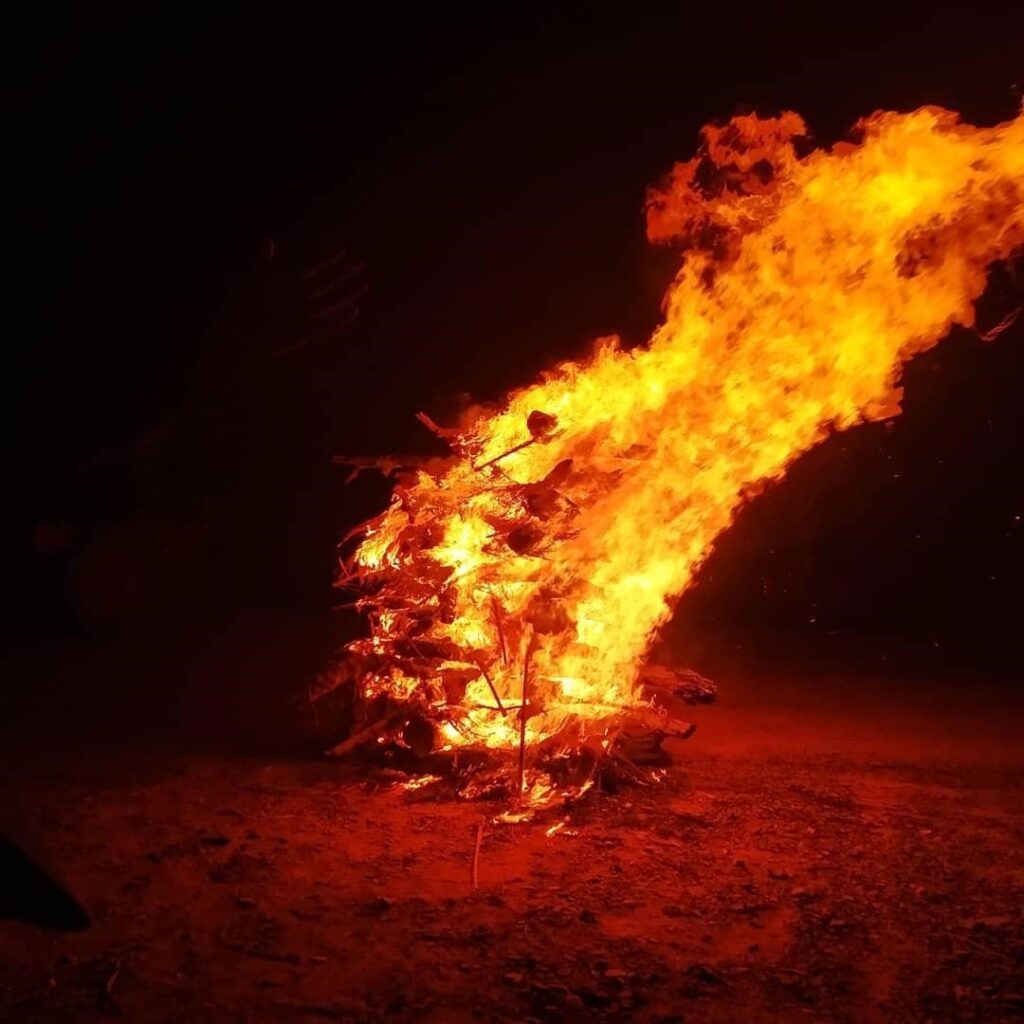
Sadeh celebration or Sada festival is one of the most important Iranian Traditions, established to commemorate the creation of fire. This celebration is held on the tenth day of Bahman at nightfall. One of the key concepts in this celebration is cooperation and collaboration. In 2023, at UNESCO’s Eighteenth session of the Intergovernmental Committee for the Safeguarding of the Intangible Cultural Heritage, with the efforts of Iran and Tajikistan, this ancient celebration was globally recognized as an intangible cultural heritage for both nations.
In ancient Persia, gathering firewood to light a fire was considered a religious duty and had spiritual reward. Therefore, cooperation and collaboration were established between people in firewood collection rituals.
Sadeh Celebration Nomenclature
In the past, according to the ancient Persian calendar, Iranians divided the year into two seasons, the great summer (Hameh) and the great winter (Zineh). The great summer lasted 7 months, from late March until mid-October. The great winter started in late October and lasted for 5 months until late March.
100 days after the start of the great winter, Iranians commemorated the Sadeh celebration. They believed that the peak of the harsh winter cold had passed on this day. Therefore, they gathered on plains and in deserts and collected a large pile of firewood. Then, at nightfall, they lit the gathered firewood in the form of a large bonfire. They believed that fire was the manifestation of Ahura and banished the remnants of cold (a symbol of Ahriman).
Another reason for the nomenclature of the Sadeh celebration is that there are a hundred days left after the day of Sadeh (10th of Bahman) until the collection of the grain harvest. That is why it is called the Sadeh. However, the main traditional reason for this celebration is the discovery of fire.
How Zoroastrians Celebrate the Sadeh Festival
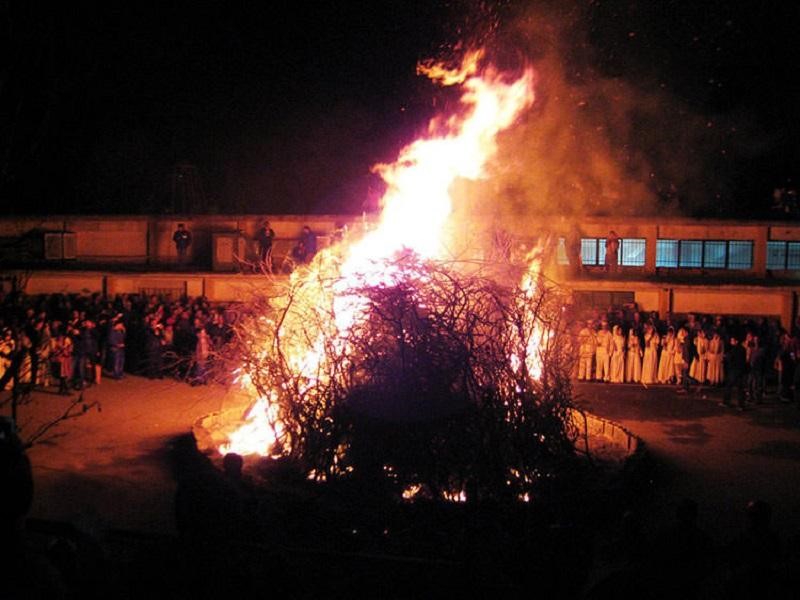
In this celebration, in addition to lighting bonfires, they celebrated by holding huge parties. At the end of the Sadeh party, after the fire rituals, they would gather around and consume different traditional foods and drinks. Also, the dance, music, and singing ceremony continued until the morning.
The next day, the poets sang the encomiums (praise poems) they had written in the king’s court and received gifts. Presenting these gifts was accompanied by expressions of gratitude and good wishes.
This festival heralded the arrival of spring. In ancient Iran, they would light fires in the highlands, deserts, and plains at the beginning of this celebration and afterward until Nowruz.
Zoroastrians Perform Sadeh Celebration in Kerman
This celebration is still common among Iranian Zoroastrians. First, they hold a public celebration so that everyone can participate. Then, each family organizes a private ceremony at home. The purpose of holding this ceremony is to meet and consolidate solidarity, cooperation, and unity.
From a religious point of view, another purpose of performing this ceremony is to gather the followers of Mazdaism (Zoroastrianism) and unite in strength against Ahriman and evil. In this celebration, cooperation in collecting firewood has spiritual significance. Therefore, when the Zoroastrian priests hold hands and gather around the large bonfire(stack of firewood, thorns, and timber).
The Sadeh celebration has been held for many years by Zoroastrians of Kerman. In the past, this celebration was held in the tomb of Baba Kamal for a while, which was located eight kilometers northeast of Kerman. Baba Kamal tomb is located in a pleasant area in the foothills. Currently, it is performed in a place called “Badagh Abad Garden” or “Shahmehr Izad” in a glorious celebration.
During the celebration, Zoroastrian priests in white robes hold a torch in their hands and hum the song of fire, circling the firewood stack three times. Then, they light the bonfire and celebrate and dance until it goes out.
Zoroastrians traditionally prepare a special Ash on the day of Sadeh (10th of Bahman), which contains a variety of vegetables, legumes, and meat. Also, before the evening, they made a special bread that was fried in sesame oil. This ceremony still exists in the city of Kerman and among Zoroastrians. In addition to Kerman, this traditional Persian festival is also held in other cities such as Yazd.
Learn More About the Sadeh Celebration on Iran Tours
In addition to numerous cultural heritage sites, Iran possesses many intangible cultural heritage that are stunning to discover. The Sadeh celebration is one of the intangible cultural heritage of Iran that is performed by Zoroastrians. This celebration is still held in some cities. If you can visit them during the celebration, you can learn more about one of the fascinating cultural heritage of our country.
If you travel to different cities of Iran on Iran tour packages or personally, read about the cultural heritage of that city. Destination Iran invites you to study them in our collection of articles about Iran’s intangible cultural heritage.






